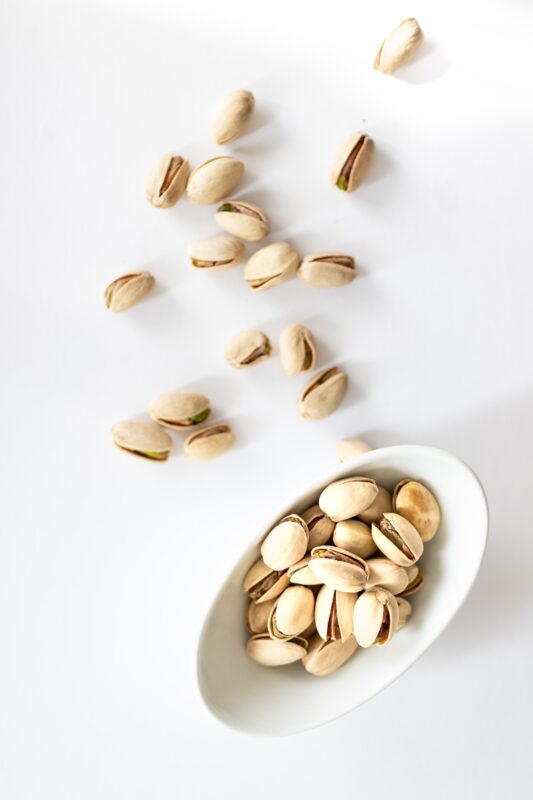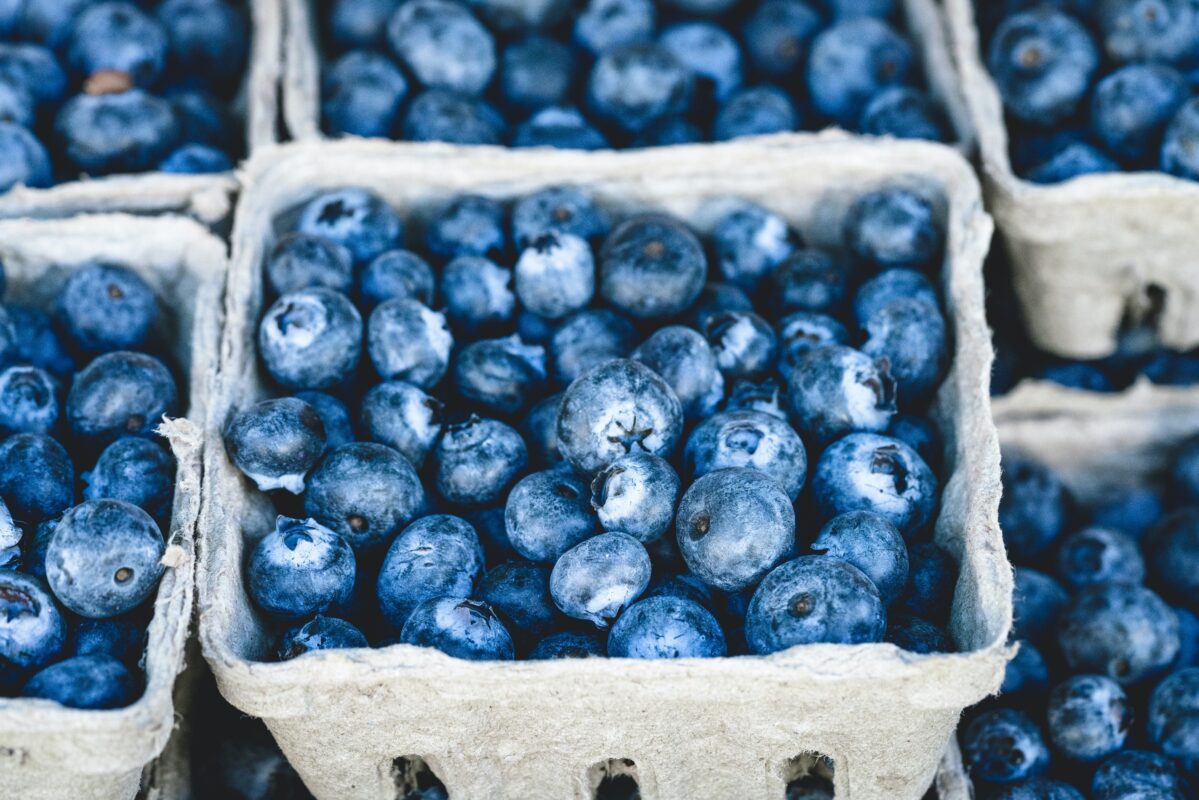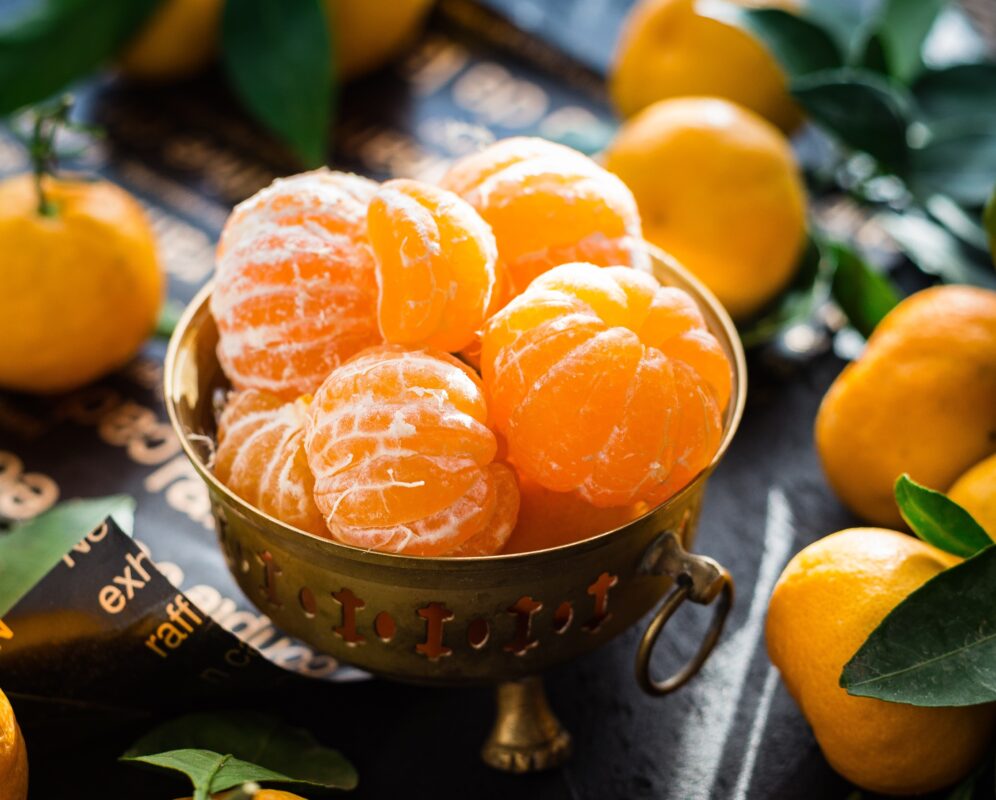Knowledge
High Fiber Diet
Introduction to a High-Fiber Diet:
High-fiber diets have become increasingly popular in recent years, as more and more people try to eat healthier while maintaining a balanced diet. Eating a high-fiber diet can provide many health benefits, including weight loss, improved digestion, diabetes control and lower cholesterol. But with so many different types of fiber-rich foods and confusing nutritional labels, it can be hard to know where to start. Here are some of the most common questions people have about high-fiber diets and the answers to them.
What is a high-fiber diet?
A high-fiber diet is one that consists of foods that are packed with dietary fiber. Dietary fiber is a type of carbohydrate found in plant-based foods such as fruits, vegetables, beans, nuts, seeds, and whole grains. Eating plenty of dietary fiber can provide numerous health benefits, such as improved digestion, better blood sugar control, and lower cholesterol levels.
How much fiber should I be eating each day?
The recommended daily amount of fiber for adults is 25-35 grams per day, depending on your gender and age. However, most people only get about half of the recommended amount of fiber in their diets. It’s important to aim for the recommended amount of fiber each day in order to reap the associated health benefits.
What are the benefits of eating a high fiber diet?
Eating a high-fiber diet can provide numerous health benefits, such as improved digestion, weight loss, lower cholesterol levels, and better blood sugar control. Fiber is also important for regularity, as it helps to keep your digestive system running smoothly. Additionally, some types of fiber can help to reduce your risk of certain diseases such as heart disease, stroke, and type 2 diabetes. Finally, some studies suggest that high-fiber diets can help to reduce the risk of some common forms of cancer.
What are some of the downsides to eating a high-fiber diet?
There are a few potential downsides to eating a high-fiber diet, the most common being digestive side effects such as gas, bloating, and constipation. Eating large amounts of fiber can also interfere with the absorption of certain minerals and vitamins in the body, so it’s important to supplement your diet with a multivitamin if you are following a high-fiber diet.
Foods that are high in fiber:
Fiber is an essential part of a healthy diet. It not only helps to reduce the risk of chronic diseases but can also aid digestion, reduce cholesterol and control weight. Foods rich in fiber can be found in all the major food groups, including whole grains, fruits, vegetables, legumes, nuts and seeds.
Whole grains are a great source of dietary fiber. A slice of whole wheat bread contains around 3 grams of dietary fiber. Other good sources are oats, barley, rye, cornmeal and bulgur wheat. Replacing refined grains with whole grains on a regular basis is a great way to increase your daily fiber intake. Brown rice, popcorn and quinoa are also great whole grain options.
Fruits are also a great source of fiber. Apples, oranges, bananas and pears are some of the best sources as they contain both soluble and insoluble fiber. Apples have the most fiber out of all the fruits with around 4 to 5 grams per apple. Berries are also an excellent choice as they are rich in fiber and other essential nutrients.
Vegetables are another important source of fiber. Some of the best choices include peas, broccoli, carrots, spinach and potatoes. Peas are especially rich in fiber, providing around 7.9g per cup. Green leafy vegetables like kale and spinach are also loaded with fiber. Root vegetables like turnips and sweet potatoes are good sources as well.
Legumes like beans, lentils and peas offer some of the highest amounts of fiber, among all food groups. A single cup of lentils provides around 16 grams of dietary fiber. Other legumes like kidney beans, soya beans and black beans are also high in fiber. Adding them to soups and salads is an easy way to increase your daily fiber intake.
Nuts and seeds are also an excellent source of dietary fiber. Almonds, walnuts, pistachios and cashews are some of the best options as they are loaded with fiber and other essential nutrients. Chia and flaxseeds are also great choices as they contain both soluble and insoluble fiber.
Sticking to these high fiber foods is essential to maintain a healthy, balanced diet. A high fiber diet can help to reduce the risk of chronic diseases and aid digestion. Eating fiber-rich foods regularly can also help to lower cholesterol, control weight and enhance gut health. Fruits, vegetables, whole grains, legumes, nuts and seeds are all excellent sources of dietary fiber.
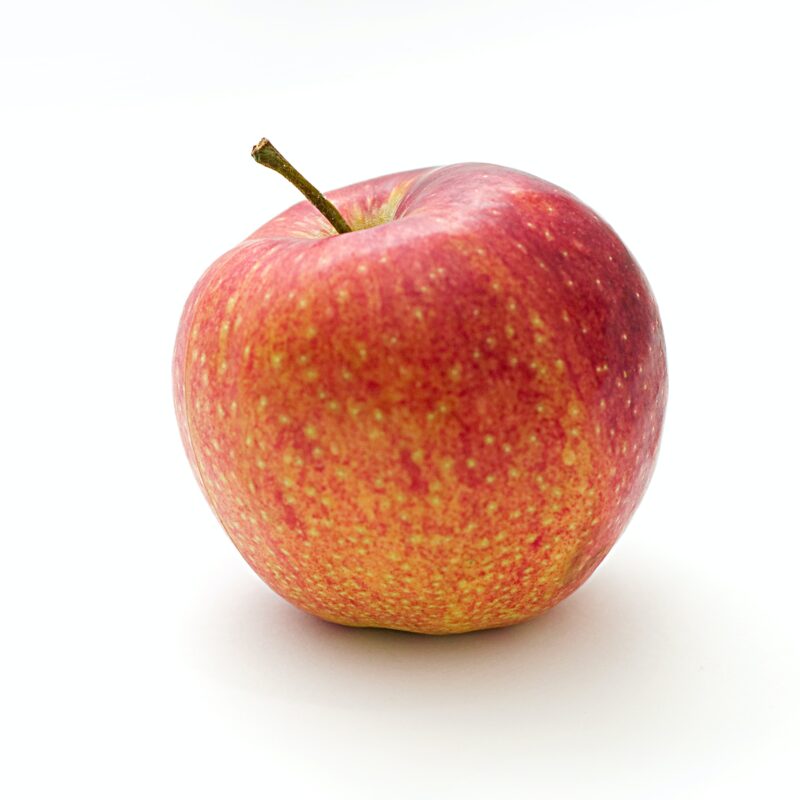
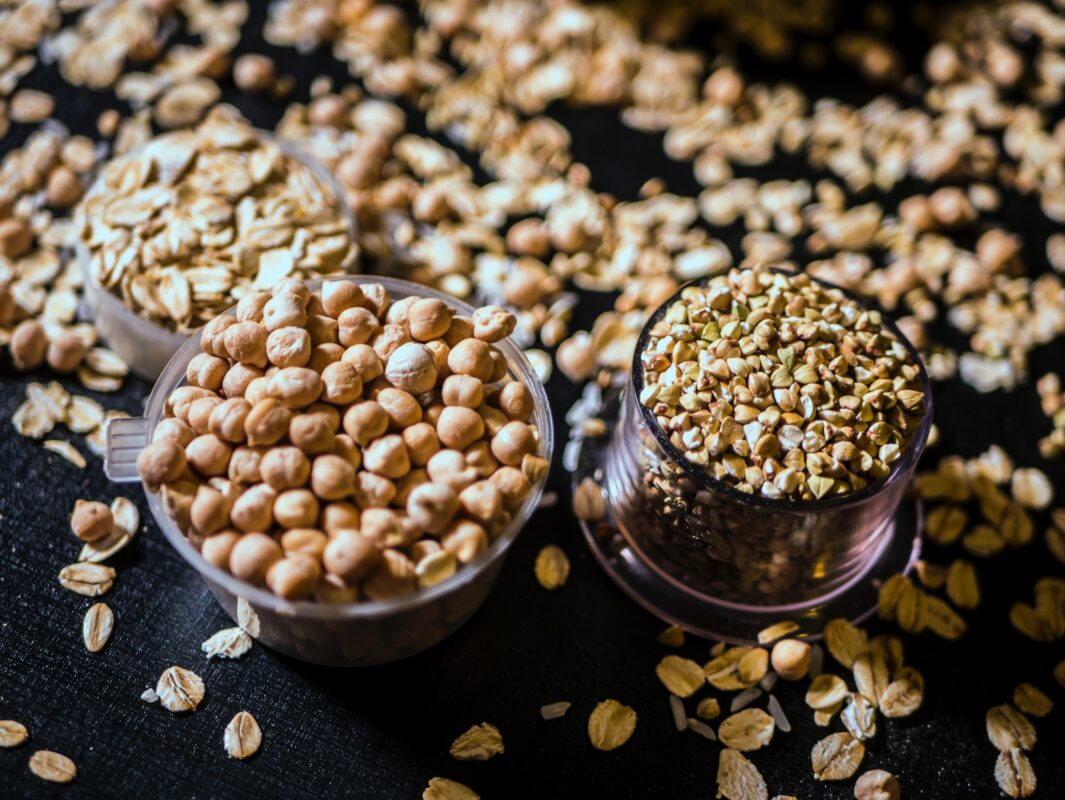
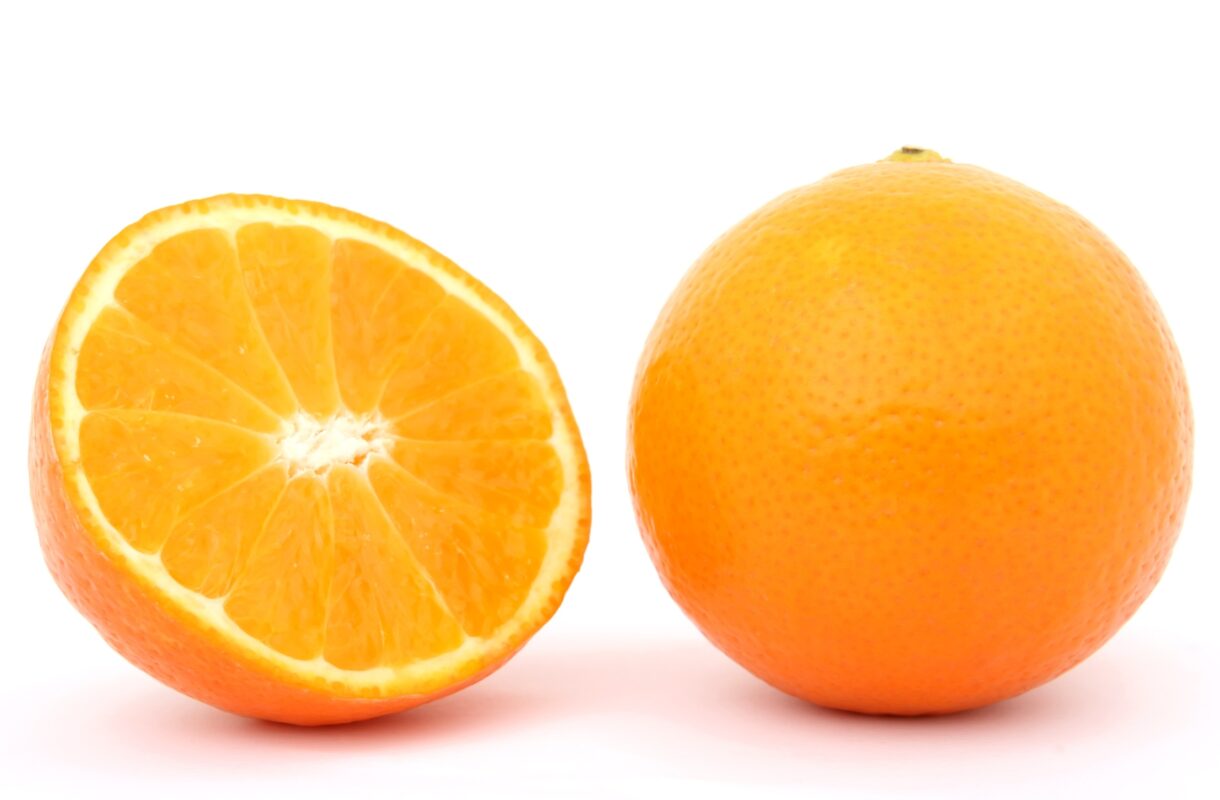
High-fiber snack ideas:
One of the simplest and most convenient high-fiber snacks is fruit. Apples, oranges, pears, peaches, and other fresh fruit are not only packed with fiber, but they also provide a sweet and juicy snack that is sure to satisfy. A large apple can provide up to 4.4 grams of fiber, and an orange has up to 2.6 grams. Bananas are another great fiber-packed choice, providing up to 3.1 grams per piece. Many types of berries are also packed with fiber, such as raspberries, blackberries, and blueberries.
Another easy high-fiber snack idea is to make a trail mix. A mix of whole nuts, like almonds, pistachios, or peanuts, provides a good source of healthy fats, protein, and fiber. An ounce of almonds provides 3.5 grams of fiber, a quarter cup of peanuts provides 2 grams of fiber, and one-eighth cup of pistachios yields 1.9 grams of fiber. Nuts and seeds are an excellent snack, as they are very satisfying and packed with nutrition. A handful of trail mix is an easy and convenient way to get a good source of fiber.
There are also several high-fiber snack options that are available in the form of packaged snacks or light meals. A cup of cooked oatmeal provides about 4 grams of fiber and is a great way to start the day. Whole grains are a great source of fiber, with one slice of whole wheat bread providing up to 4.4 grams of fiber. Many store-bought granola bars also provide a good source of fiber, with two to three grams of fiber per bar. Popcorn is another great high-fiber snack, with up to three and a half grams of fiber per three cups serving.
High-fiber snacks don’t have to be complicated. With a little bit of planning, it’s easy to find nutritious snacks that are high in fiber and tasty too! Keeping fresh fruit, nuts, dried fruit, seeds, and whole grains on hand are great ways to have a quick, healthy snack ready to go when needed. Keeping a mix of healthy snacks around is the best way to ensure you’re getting the fiber your body needs to stay healthy and feeling its best.
